Catholic Virtues
 |
 |
 |
 |
 |
 |
 |
True & False Paths to Happiness - XXIX
Transparency & Transcendence:
Nuances & Distinctions
A distinction should be made between transcendence (here and here) and transparency.
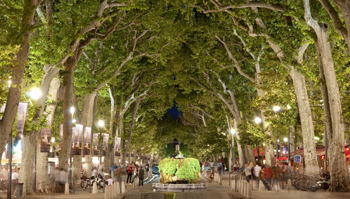
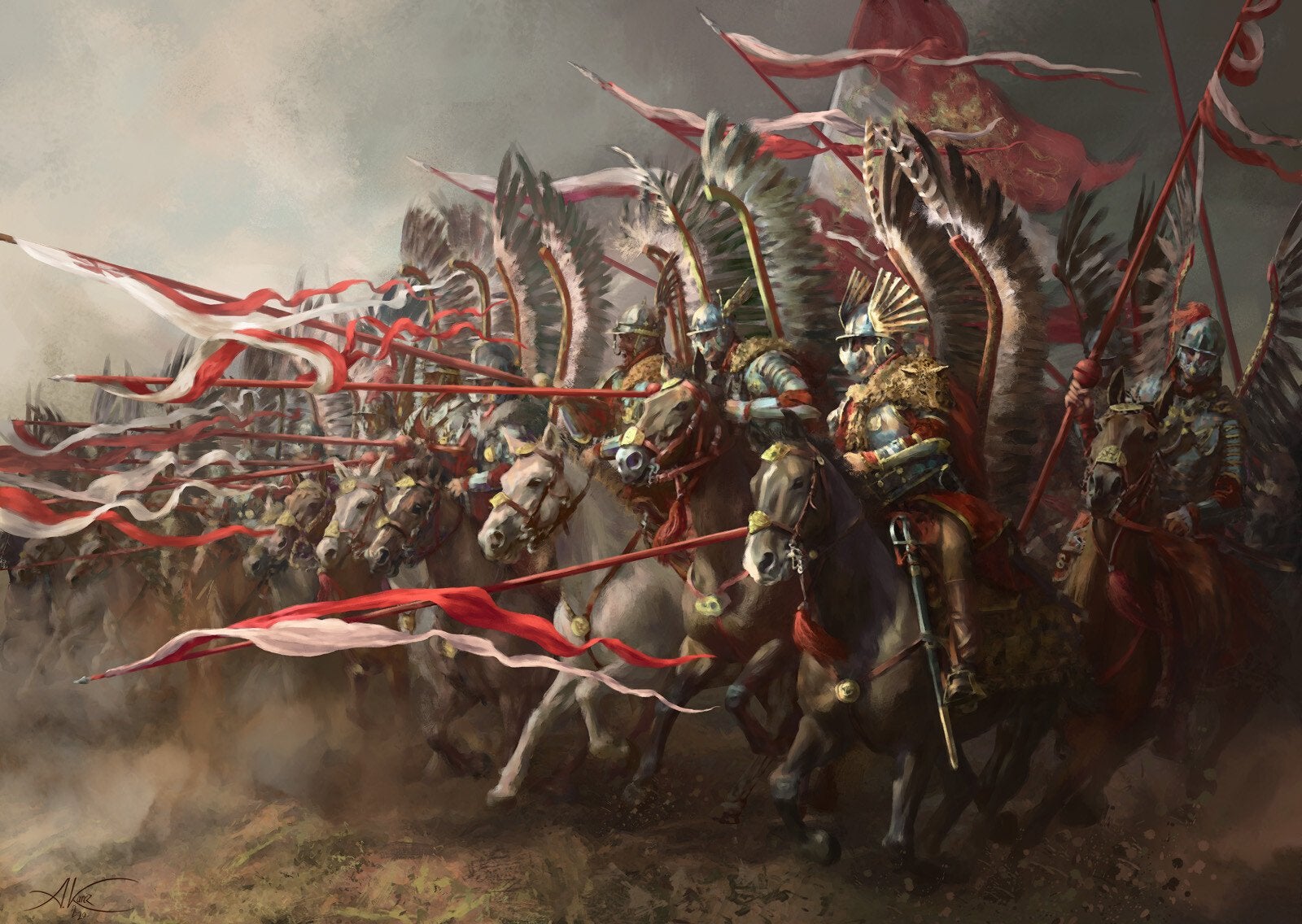 They are not exactly the same, but the two themes can be approached together due to their semantic kinship. The prefix trans, common to both words, includes the idea of a plus ultra, that is, a further beyond toward which we must tend.
They are not exactly the same, but the two themes can be approached together due to their semantic kinship. The prefix trans, common to both words, includes the idea of a plus ultra, that is, a further beyond toward which we must tend.
In other words, it is the desire to take another step toward an even greater understanding of the universe in a continuous, insatiable ascent. It is necessary to keep ascending, higher and higher, as far as the eye can see!
How? Through transparency, by means of transcendence.
The etymology of transcendence is expressive: It comes from the Latin ascendere trans, to rise beyond, to ascend ever more.
As a starting point, let us look at the inspired words of the Apostle St. John, who said: "He who does not love his brother whom he sees, how can he love God, whom he does not see? " (Jn 4:20) This sentence emphasizes the importance of what is seen in order to arrive at what is not seen.
Thus, there is a way of seeing creatures that reveals something of God that we would not even be capable of imagining if we did not see Him in creatures. It is by seeing the fingerprints of God in everything and loving everything that appears of Him in creatures – above all, in the human souls – that one reaches the perfect love of God.
Those words of St. John presuppose that "the brother whom one sees" has a kind of transparency by which one sees "God whom one does not see." But how does one manage to see God? To transcend the deficiencies of human nature, it is necessary to go beyond them.
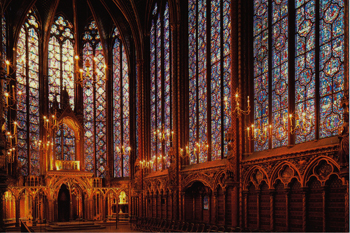
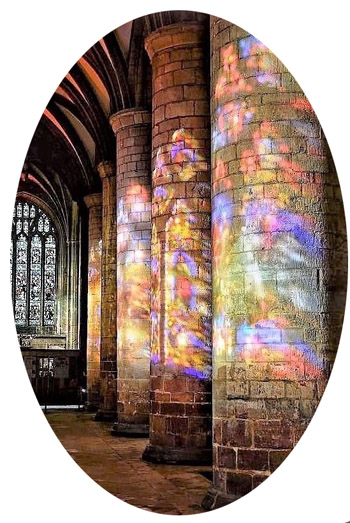 We must also do this whenever we want to contemplate anything elevated. There is always something in a thing that goes beyond what it is in itself. To arrive at its deepest meaning, it is necessary to transcend mere appearance.
We must also do this whenever we want to contemplate anything elevated. There is always something in a thing that goes beyond what it is in itself. To arrive at its deepest meaning, it is necessary to transcend mere appearance.
Unhappily, today there is a strong illusion that there is no such transparency and that only matter exists.
Consider, for example, a beautiful cathedral or a beautiful pheasant: We must see something higher through its figure – this is transparency – or above its appearance - this is transcendence.
To see the sun seen through a stained glass window in the Cathedral of Chartres is really to see its highest aspect. In what the senses capture in that light of the sun, there is the transparency of the marvelous that the senses do not capture by seeing outside face to face. One could say there is something here of the miraculous without being miraculous.
The universe is transparent in the sense that, through it, we can sense characteristics of God as well as the various degrees that separate us from Him. One can also properly speak of the transcendence of the universe, since to consider it leads us higher and higher.
The finality of creatures and the universe is God, and He is reachable not by an immense set of machine gears that are linked together, but rather by transparency, in the being of things that resemble Him. (1)
Only a transcendent order satisfies the human soul
It was the Renaissance that opened the way for the positivist view that dominates in our time. Positivism denies the validity of metaphysical speculation, and maintains that data that come from experience are the only object of and the supreme criterion for human knowledge. (2)
Now then, in man there is an appetite for something that is beyond the visible order and the natural order.
All these transcendent realities, which in other systems threaten to remain in the realm of the vague and the impalpable, in Catholic doctrine are personified in the figure of Our Lord Jesus Christ.
All that man can imagine of a more elevated, more beautiful, more extraordinary and more perfect transcendent order translates in Catholic doctrine into the adorable person of Our Lord Jesus Christ, true God and true Man, in whom reside par excellence, all imaginable perfections. In His human figure we have a kind of conduit in order to achieve perfections and wonders that, in no other way, man could perceive.
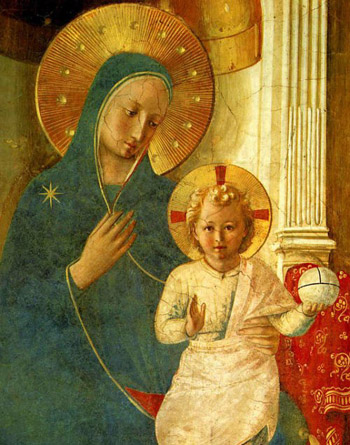 In Our Lord Jesus Christ Himself, transparency spoke even louder than the indisputable divine miracles He worked. Therefore, there is no miracle that would resolve the case of someone who would look at the Holy Shroud and would doubt that Our Lord existed or that He was God. This person could see Our Lord resurrect Lazarus and walk away dismayed by the fact. He would have no arguments against those facts: Rather, he would say: "It is necessary to kill this man!" (Jn 11:47-53)
In Our Lord Jesus Christ Himself, transparency spoke even louder than the indisputable divine miracles He worked. Therefore, there is no miracle that would resolve the case of someone who would look at the Holy Shroud and would doubt that Our Lord existed or that He was God. This person could see Our Lord resurrect Lazarus and walk away dismayed by the fact. He would have no arguments against those facts: Rather, he would say: "It is necessary to kill this man!" (Jn 11:47-53)
Such is the greatness of the transparency of the Holy Shroud!
In addition to Jesus Christ, we have the Catholic Church, His Mystical Bride. Any person feels this transparency when he hears the beautiful sound of music coming from an organ in a church built in a genuinely Catholic style. Catholic worship, orderly and somber, unfolds there in all its pomp and splendor. We feel around us the warmth of the piety of all the gathered faithful, that rises to the heavens. This conjunct of things transports our spirit far beyond earthly realities.
Then, since here we are far from the abominable lies of a satanic mysticism or of condemned errors such as Pantheism, but rather in the presence of full truth, the man who has the happiness to have faith fully surrenders himself with this truth.
Like a thirsty person who finally reaches the full abundance of all waters, so the Catholic man finds relief when he contemplates the unfathomable beauties of the Mystical Bride of Christ. He need only drink there and satisfy himself, for he has found the true water that Our Lord spoke of in the Gospel: "He that shall drink of the water that I will give him, shall not thirst again." (Jn 4: 13-14)
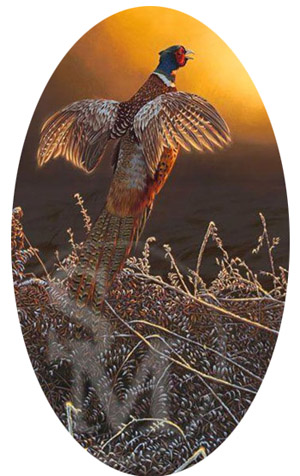
Continued


Aix-en-Provence invites man to the charm of heavenly places; below, the Polish winged Hussars call us to transcend to a marvelous militancy

In other words, it is the desire to take another step toward an even greater understanding of the universe in a continuous, insatiable ascent. It is necessary to keep ascending, higher and higher, as far as the eye can see!
How? Through transparency, by means of transcendence.
The etymology of transcendence is expressive: It comes from the Latin ascendere trans, to rise beyond, to ascend ever more.
As a starting point, let us look at the inspired words of the Apostle St. John, who said: "He who does not love his brother whom he sees, how can he love God, whom he does not see? " (Jn 4:20) This sentence emphasizes the importance of what is seen in order to arrive at what is not seen.
Thus, there is a way of seeing creatures that reveals something of God that we would not even be capable of imagining if we did not see Him in creatures. It is by seeing the fingerprints of God in everything and loving everything that appears of Him in creatures – above all, in the human souls – that one reaches the perfect love of God.
Those words of St. John presuppose that "the brother whom one sees" has a kind of transparency by which one sees "God whom one does not see." But how does one manage to see God? To transcend the deficiencies of human nature, it is necessary to go beyond them.

Above, Sainte-Chapelle in Paris, below the almost miraculous colors reflecting on the walls of Chartres

Unhappily, today there is a strong illusion that there is no such transparency and that only matter exists.
Consider, for example, a beautiful cathedral or a beautiful pheasant: We must see something higher through its figure – this is transparency – or above its appearance - this is transcendence.
To see the sun seen through a stained glass window in the Cathedral of Chartres is really to see its highest aspect. In what the senses capture in that light of the sun, there is the transparency of the marvelous that the senses do not capture by seeing outside face to face. One could say there is something here of the miraculous without being miraculous.
The universe is transparent in the sense that, through it, we can sense characteristics of God as well as the various degrees that separate us from Him. One can also properly speak of the transcendence of the universe, since to consider it leads us higher and higher.
The finality of creatures and the universe is God, and He is reachable not by an immense set of machine gears that are linked together, but rather by transparency, in the being of things that resemble Him. (1)
Only a transcendent order satisfies the human soul
It was the Renaissance that opened the way for the positivist view that dominates in our time. Positivism denies the validity of metaphysical speculation, and maintains that data that come from experience are the only object of and the supreme criterion for human knowledge. (2)
Now then, in man there is an appetite for something that is beyond the visible order and the natural order.
All these transcendent realities, which in other systems threaten to remain in the realm of the vague and the impalpable, in Catholic doctrine are personified in the figure of Our Lord Jesus Christ.
All that man can imagine of a more elevated, more beautiful, more extraordinary and more perfect transcendent order translates in Catholic doctrine into the adorable person of Our Lord Jesus Christ, true God and true Man, in whom reside par excellence, all imaginable perfections. In His human figure we have a kind of conduit in order to achieve perfections and wonders that, in no other way, man could perceive.

Fra Angelico invites us to contemplate the profound sacrality of the Christ Child
Such is the greatness of the transparency of the Holy Shroud!
In addition to Jesus Christ, we have the Catholic Church, His Mystical Bride. Any person feels this transparency when he hears the beautiful sound of music coming from an organ in a church built in a genuinely Catholic style. Catholic worship, orderly and somber, unfolds there in all its pomp and splendor. We feel around us the warmth of the piety of all the gathered faithful, that rises to the heavens. This conjunct of things transports our spirit far beyond earthly realities.
Then, since here we are far from the abominable lies of a satanic mysticism or of condemned errors such as Pantheism, but rather in the presence of full truth, the man who has the happiness to have faith fully surrenders himself with this truth.
Like a thirsty person who finally reaches the full abundance of all waters, so the Catholic man finds relief when he contemplates the unfathomable beauties of the Mystical Bride of Christ. He need only drink there and satisfy himself, for he has found the true water that Our Lord spoke of in the Gospel: "He that shall drink of the water that I will give him, shall not thirst again." (Jn 4: 13-14)

The artist represented something transcendent
he saw in this pheasant
Continued

- St. Paul explains how the invisible perfections of God are made visible by his works: "For that which is known of God is manifest in them. For God hath manifested it to them. For, since the creation of the world, His invisible things are clearly seen by his works, His eternal power also, and His divinity: so that they [who do not acknowledge this] are inexcusable. "For, having known God, they have not glorified him as God, nor did they give thanks; but went astray in their vain thoughts, and their foolish heart was darkened. For, professing themselves to be wise, they became fools, and they changed the glory of the incorruptible God into the likeness of the image of a corruptible man, and of birds, and of four-footed beasts, and of creeping thing. (Rom 1:19-23)
- According to the positivist view, the "evolved man," strong and "enlightened" by Positivism, with his feet firmly placed on the ground, viewed the men of centuries past with contempt and even pity. We know what resulted from this conception! Auguste Comte (1798-1857) even founded a positivist church and religion. In London, the members of the London Positivist Society created a Church of Humanity with nothing supernatural or metaphysical, just the cult to the great men produced by humanity.
Posted M ay 28, 2021





